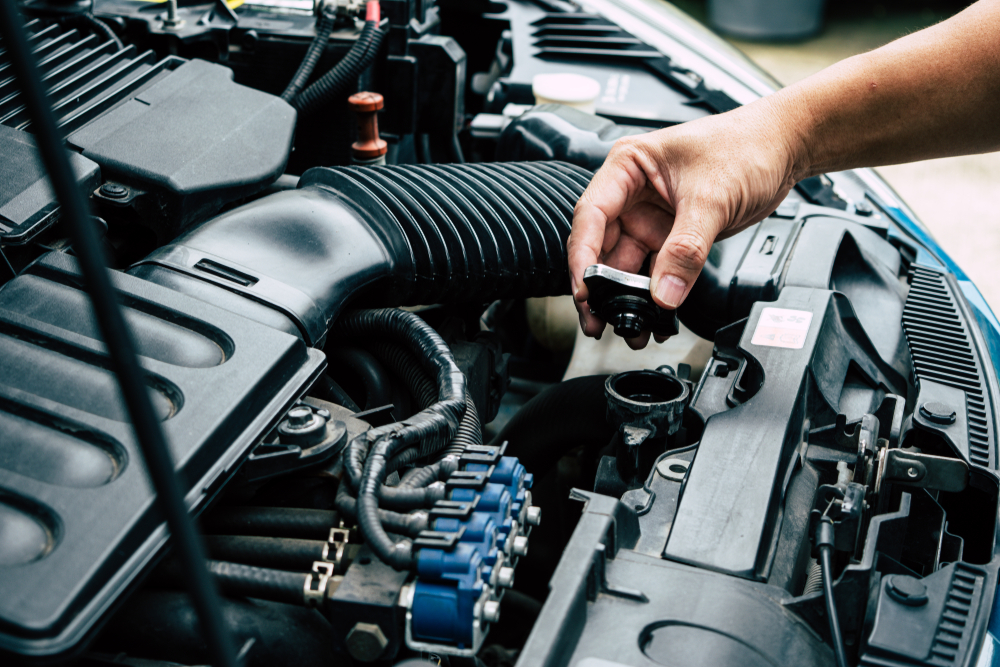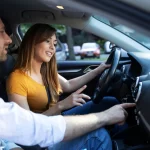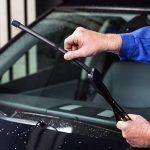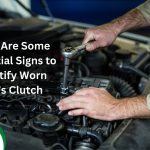We will learn a few things today to make it simple for you to control your car if the brakes fail. A few warning indicators will appear before the brakes actually fail. Brake pads will begin to make noise, as you’ll notice. The brake calipers can jam up occasionally. The brakes suddenly stop receiving the necessary pressure because the brake wire or the master cylinder has a leak. Leaking brake fluid is another sign of brake failure.
For better or worse, many people find that driving is a hypnotic pastime. We frequently need to catch up on how dangerous it may be to drive our fast, two-ton, metal vehicles on a daily basis as we go to and from work, run errands, etc. However, nothing but pressing your brake pedal and having it not respond bring you back to the stark reality of your situation. Here, we’ll discuss what to do if your brakes fail while your car is driving
You can buy accessories for cars at the best prices at carorbis. Carorbis sells a wide range of care, interior and exterior products at the most affordable prices. Get the best deals on car brake pads only on carorbis.
How to handle brake failure while driving:
Don’t freak out. Breathe deeply and try to keep your thoughts clear. The next few seconds are essential to your safety and the safety of those around you.
Keep your downshifts moderate. While you should downshift, you shouldn’t suddenly shift from fourth to first gear. You might skid out of control as a result of this.
Don’t turn the car off. Once more, this might result in skidding. Additionally, it turns off the power steering or completely locks the steering wheel, giving you less control.
Avoid pressing the emergency brake too hard. You should downshift and press the brake pedal before using the emergency brake. You risk skidding and losing control of the car if you use the emergency brake hastily.
If you can use the engine to slow the car down if your parking brake isn’t working by downshifting one gear at a time. Engine braking is the term for this. Your car will downshift if you take your foot off the gas pedal if you have an automatic transmission. Some automatic vehicles come equipped with paddle shifters that let you choose the gear you’re in and can be used to downshift. Overly quick can cause your car to slip out of control, thus you DO NOT want to do this.
Turn on the emergency lights. If the road is mostly clear and you are still in charge of the vehicle, turn on your hazard lights and use your horn to warn oncoming traffic. Even if they don’t fully understand your predicament, they will be careful to avoid you.
Shift down slowly. To reduce momentum, turn off the cruise control (if appropriate) and gradually downshift.
firmly and quickly depress the brake pedal. The front and rear brakes of the majority of contemporary automobiles are controlled separately by dual braking systems. You might just need to apply forcefully enough to engage half of the brakes to come to a stop. If either half of the dual system malfunctions, this will not function.
Drive into the location that poses the fewest risks, not just to you but also to nearby vehicles and pedestrians. Avoiding injury to both yourself and others should be your top priority. Look for a grass median, an open field, or bushes to assist slow the car down if it is nowhere safe to get off the road.
Never turn off your ignition before coming to a complete stop in your vehicle. When you turn off your automobile, the power steering will be lost, making driving much more challenging. In some cars, the steering wheel may lock, making it impossible for you to change your direction.
Apply the emergency brake slowly. Although the emergency braking mechanism won’t stop you, it will drastically slow you down. You ensure that you maintain complete control, and make sure to carefully engage it.
(Optional) Use safety rails. It might be required to use the divider or guard rail to scrape the side of your automobile in order to slow down if your brakes fail when you’re traveling at highway speeds toward insurmountable obstacles.
Steer clear of danger. Drive to the side of the road as the car starts to slow down. It will be a relief to come to a complete stop, but if you do so in the middle of the road, you risk endangering yourself and other drivers.
The main factor for brake failure is a vehicle losing braking pressure. Brake pressure typically leaks when a caliper is overextended as a result of thin brake pads and rotors. This happens when brake pads are not changed for an extended period of time. It is not recommended to replace rotors as frequently as brake pads.
Related Post: Magnetic resonance imaging, its usage and application






